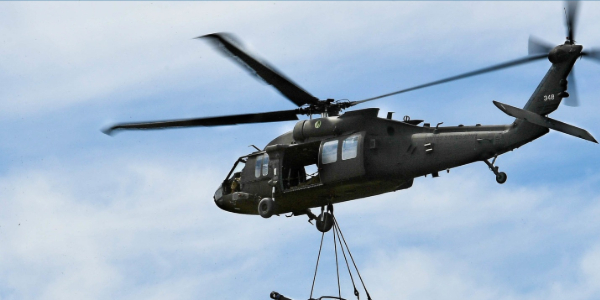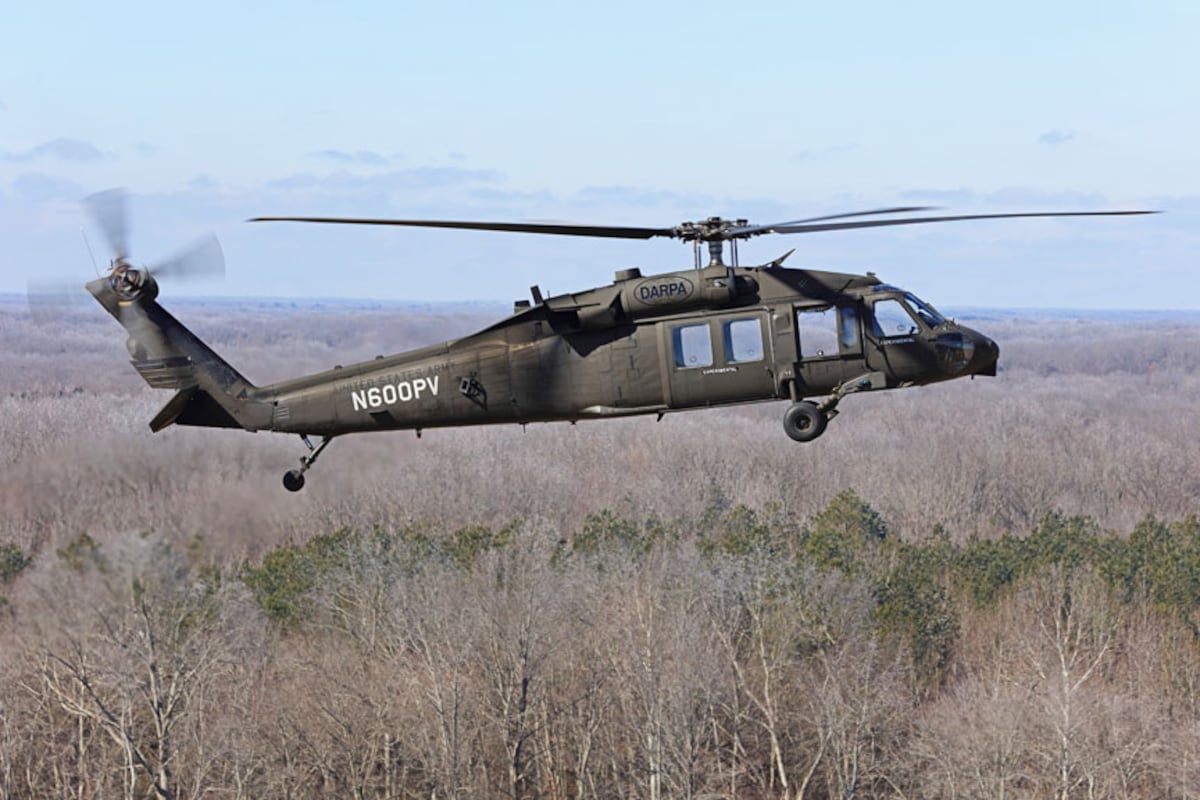Exploring the Thrills and Innovations of the Blackhawk Helicopter
The Blackhawk helicopter stands as a testimony to army aeronautics's evolution, combining technological advancements with useful applications. Since its intro in the 1960s, it has transformed the landscape of airborne support, boasting attributes that improve its performance in various operational functions. As we investigate its historic significance and key technologies, one should consider exactly how upcoming advancements might redefine its abilities. What exists ahead for this iconic aircraft, and just how will emerging modern technologies form its future in armed forces procedures?
Background of the Blackhawk Helicopter
Because its inception in the 1960s, the Blackhawk helicopter has played an essential role in modern-day army aviation. Developed by Sikorsky Aircraft, the UH-60 Blackhawk was made to satisfy the united state Military's need for a flexible utility helicopter efficient in executing a selection of missions, including troop transportation, medical discharge, and cargo airlift. The design was a response to the constraints of earlier helicopters, particularly in terms of speed, survivability, and maneuverability.
The Blackhawk made its first flight in 1974 and quickly went into solution in 1979. Its intro noted a substantial development in helicopter modern technology, including a two-rotor system that boosted efficiency and security. The aircraft's tough building and construction and progressed avionics permitted it to run successfully in diverse atmospheres and conditions.
Throughout the years, the Blackhawk has been continuously upgraded, integrating lessons discovered from different battle scenarios. Its deployment in conflicts such as the Gulf Battle, Somalia, and the War on Terror further strengthened its reputation as an important possession. The Blackhawk's tradition is defined by its flexibility and strength, making it a keystone of army aeronautics for years.
Trick Features and Specifications
The Blackhawk helicopter is distinguished by its durable layout and advanced technical attributes, which jointly enhance its functional abilities. Developed primarily for energy objectives, the Blackhawk boasts an optimum launch weight of approximately 22,000 extra pounds, enabling it to carry considerable payloads while keeping agility.
Geared up with 2 General Electric T700-GE-701C engines, the Blackhawk accomplishes an optimal speed of around 183 knots and a range of 368 maritime miles - Blackhawk Helicopter. Its cutting edge rotor system includes a four-blade primary blades and a four-blade tail rotor, ensuring stability and maneuverability in numerous flying problems
The helicopter's cabin can suit up to 11 troops or different freight setups, showcasing versatility in goal accounts. Additionally, the Blackhawk is created with advanced avionics, consisting of electronic flight controls and an extensive cabin display, enhancing pilot situational awareness.
For improved survivability, the Blackhawk includes ballistic armor and self-sealing fuel tanks. Its capacity to operate in varied settings, from deserts to icy terrains, even more strengthens its reputation as a trustworthy platform for altruistic and army operations alike. The Blackhawk's combination of power, strength, and versatility makes it a cornerstone of modern airborne capabilities.
Improvements in Modern Technology
Technologies in modern technology have actually dramatically boosted the capacities of the Blackhawk helicopter, ensuring it remains at the forefront of army aeronautics. One of one of the most significant improvements is the combination of advanced avionics systems, which provide boosted situational awareness via real-time information processing and display screen. This technology permits pilots to browse complicated environments better, improving mission success prices.

In addition, the introduction of electronic fly-by-wire systems has changed the control devices of the Blackhawk, offering smoother handling and raised responsiveness. Collectively, these technological improvements guarantee that the Blackhawk helicopter remains a crucial property in modern military operations.
Duties in Military Workflow
With advanced modern technology enhancing its abilities, the Blackhawk helicopter plays a multifaceted role in armed forces operations. Mostly, it is used for troop transport, enabling quick deployment and extraction of workers in numerous combat scenarios. Its sizable cabin can accommodate as much as 11 soldiers, making it an essential property for massive goals and special operations.
In Addition, the Blackhawk serves as a medevac platform, geared up to deliver damaged soldiers quickly and effectively from the combat zone to clinical facilities - Blackhawk Helicopter. Its adaptability encompasses logistical assistance, where it lugs products and tools vital for maintaining military click here to find out more operations in remote locations

The helicopter is additionally instrumental in reconnaissance missions, providing airborne security and intelligence-gathering capacities. Its capacity to operate in varied settings-- varying from metropolitan setups to severe surfaces-- additional solidifies its importance on the battlefield.
Additionally, the Blackhawk can be equipped with advanced weapons, enabling it to engage in fight and provide close air assistance. This flexibility highlights the helicopter's integral function in contemporary military approaches, making it a crucial component of militaries worldwide.
Future Advancements and Innovations
Innovations in innovation pledge to introduce a new age for the Blackhawk helicopter, enhancing its capacities and operational performance. As the army landscape advances, so as well does the emphasis on incorporating advanced modern technologies into rotary-wing aircraft. Future growths for the Blackhawk may consist of enhancements in avionics, such as sophisticated flight control systems and enhanced situational recognition tools powered by artificial knowledge. These technologies will assist in much more exact navigation and decision-making in complicated atmospheres.
Additionally, the combination of unmanned systems is on the perspective, possibly enabling manned-unmanned teaming operations that can broaden goal accounts and reduce danger to employees. The Blackhawk's design is also expected to include lighter and more powerful products, improving fuel performance and general efficiency.

Final Thought
Finally, the Blackhawk helicopter represents a considerable achievement in military aeronautics, defined by its adaptability and advanced technical attributes. Its historical development mirrors a consistent action to operational demands, enhancing capabilities in numerous duties such view it as troop transport and medevac operations. Continuous advancements, consisting of the integration of expert system and hybrid-electric propulsion, promise to more enhance the Blackhawk's performance and relevance in future military involvements, ensuring its condition as an essential possession on the field of battle.

With advanced modern technology improving its capacities, the Blackhawk helicopter plays a complex function in armed forces operations. (Blackhawk Helicopter)